.png)
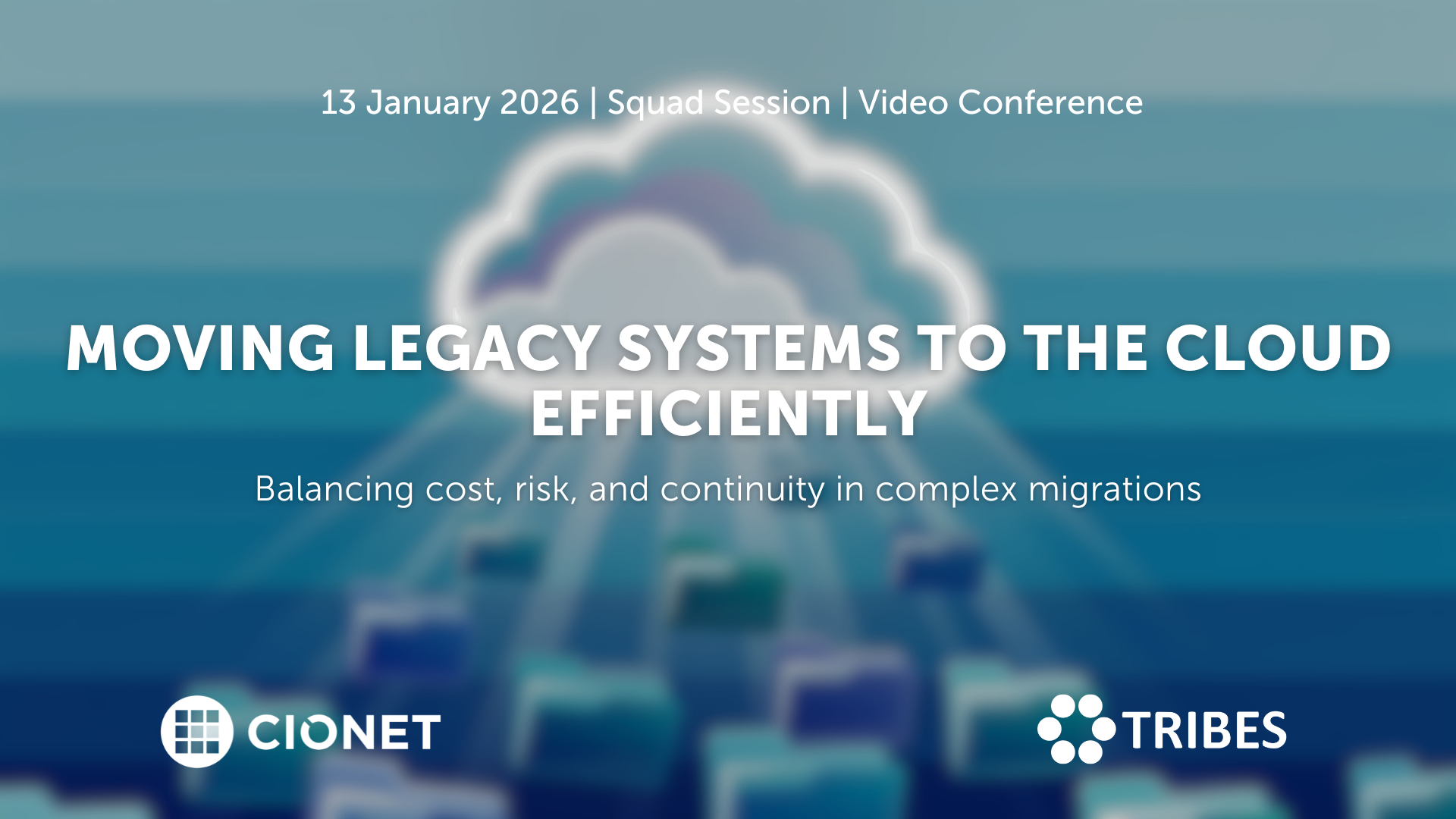
Belgium 13-1-26 Squad Only Virtual english
Migrating legacy systems to the cloud remains one of the toughest balancing acts in IT. Every choice affects stability, cost, and trust at once, and what starts as a modernisation effort quickly turns into a negotiation between ambition and reality. Suddenly budgets rise, dependencies appear late, and timelines tighten as old architectures collide with new expectations. In the end, success depends on sequencing, ownership, and aligning business priorities with infrastructure limits, and not only on technical readiness. Making it work requires more than a plan on paper. Knowing which systems genuinely belong in the cloud, which can wait, and which should stay put shapes the entire roadmap and defines its success. Each refactoring decision sets the level of future flexibility, but it also drives cost and risk. The trade-offs between speed, sustainability, and resilience only become clear once migration begins and pressure builds. Let’s discuss how to plan migrations that stay on track, manage hidden dependencies, and handle downtime with confidence. Let’s also discuss how governance, testing, and vendor coordination keep progress visible and credible. Are you in? A closed conversation for those who turn cloud migration from a disruption into a long-term advantage.
Read More.png)
Belgium 20-1-26 All Members Physical english
CIOs today are being judged less as technology leaders and more as portfolio managers. Every euro is under scrutiny. Boards and CFOs demand lower run costs, higher efficiency, and clear ROI from every digital initiative. Yet, they also expect CIOs to place bets on disruptive technologies that will keep the enterprise competitive in five years. This constant tension is redefining the role. In this session, we go beyond FinOps and cost reporting to tackle the strategic financial dilemmas CIOs face.
Read More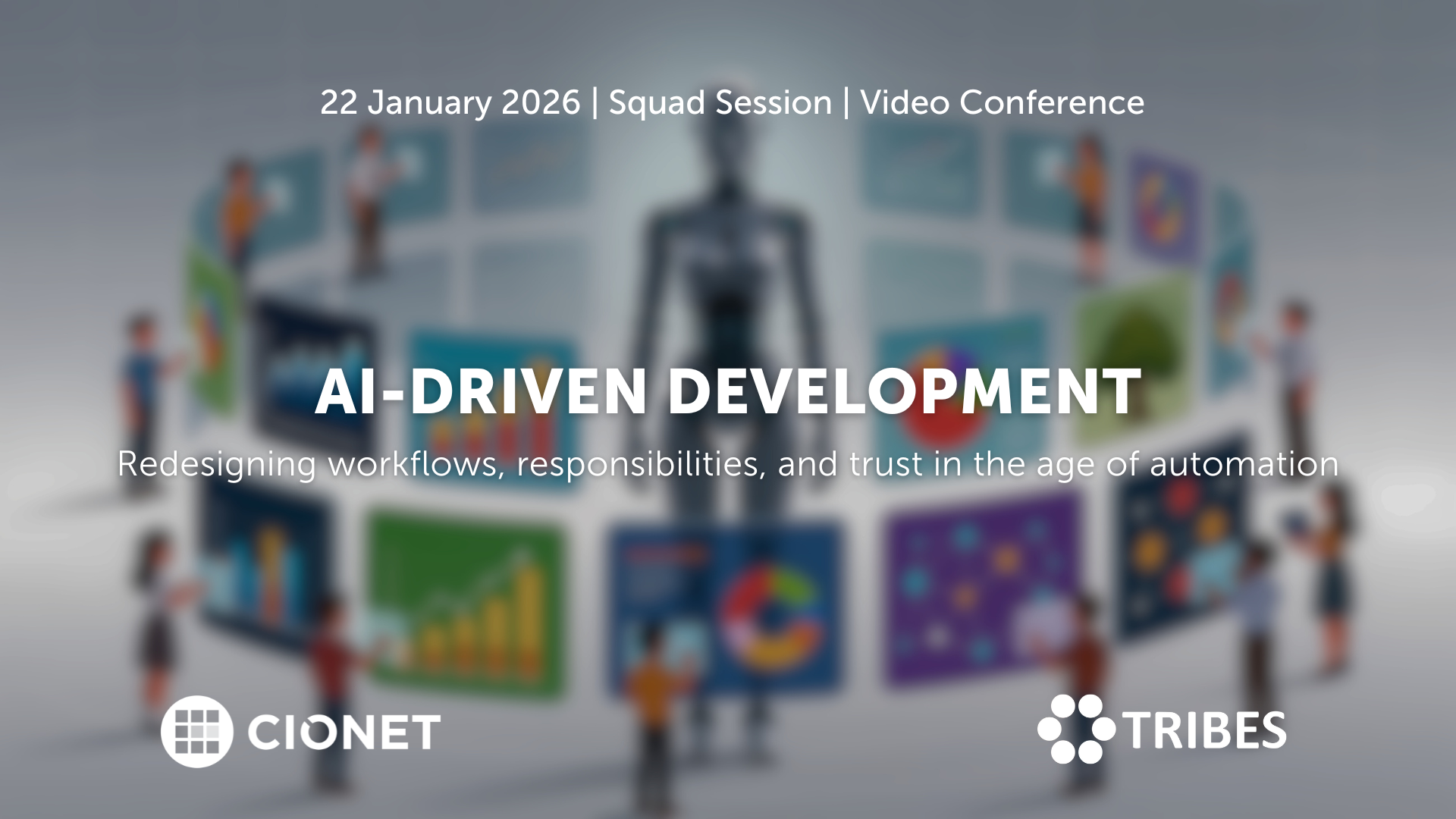
Belgium 22-1-26 Invitation Only Virtual english
AI coding assistants entered development teams quietly, but their impact grows by the day. What started as autocomplete now shapes architecture decisions, documentation, and testing. And when productivity gains are visible, so are new risks: security blind spots, uneven quality, and the slow erosion of shared standards. Teams move faster, but not always in the same direction. The challenge has become integration rather than adoption. And new questions have risen: how do you blend automation into established practices without losing oversight? When is human review still essential, and what should the rules of collaboration between developer and machine look like? As AI tools learn from proprietary code, where do responsibility and accountability sit? Let’s talk about how to redefine those workflows, balancing creativity with control, and protecting code quality in a hybrid human-AI environment. A closed conversation on where AI accelerates progress, where it introduces new debt, and how development culture must evolve to stay credible.
Read More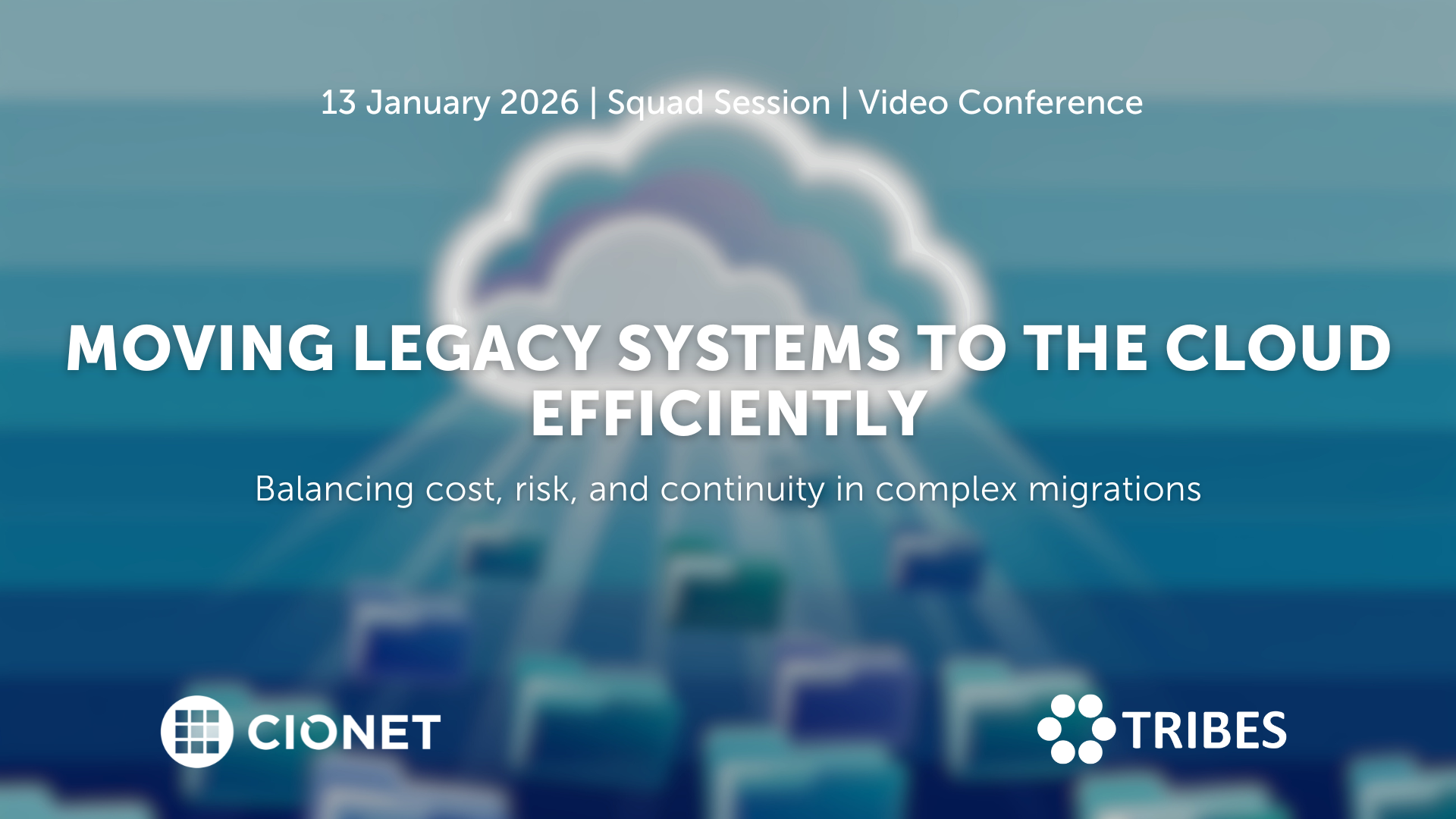
January 13, 2026 Squad Session Invitation Only Virtual english
Migrating legacy systems to the cloud remains one of the toughest balancing acts in IT. Every choice affects stability, cost, and trust at once, and what starts as a modernisation effort quickly turns into a negotiation between ambition and reality. Suddenly budgets rise, dependencies appear late, and timelines tighten as old architectures collide with new expectations. In the end, success depends on sequencing, ownership, and aligning business priorities with infrastructure limits, and not only on technical readiness. Making it work requires more than a plan on paper. Knowing which systems genuinely belong in the cloud, which can wait, and which should stay put shapes the entire roadmap and defines its success. Each refactoring decision sets the level of future flexibility, but it also drives cost and risk. The trade-offs between speed, sustainability, and resilience only become clear once migration begins and pressure builds. Let’s discuss how to plan migrations that stay on track, manage hidden dependencies, and handle downtime with confidence. Let’s also discuss how governance, testing, and vendor coordination keep progress visible and credible. Are you in? A closed conversation for those who turn cloud migration from a disruption into a long-term advantage.
Read More
January 22, 2026 Squad Session Invitation Only Virtual english
AI coding assistants entered development teams quietly, but their impact grows by the day. What started as autocomplete now shapes architecture decisions, documentation, and testing. And when productivity gains are visible, so are new risks: security blind spots, uneven quality, and the slow erosion of shared standards. Teams move faster, but not always in the same direction. The challenge has become integration rather than adoption. And new questions have risen: how do you blend automation into established practices without losing oversight? When is human review still essential, and what should the rules of collaboration between developer and machine look like? As AI tools learn from proprietary code, where do responsibility and accountability sit? Let’s talk about how to redefine those workflows, balancing creativity with control, and protecting code quality in a hybrid human-AI environment. A closed conversation on where AI accelerates progress, where it introduces new debt, and how development culture must evolve to stay credible.
Read More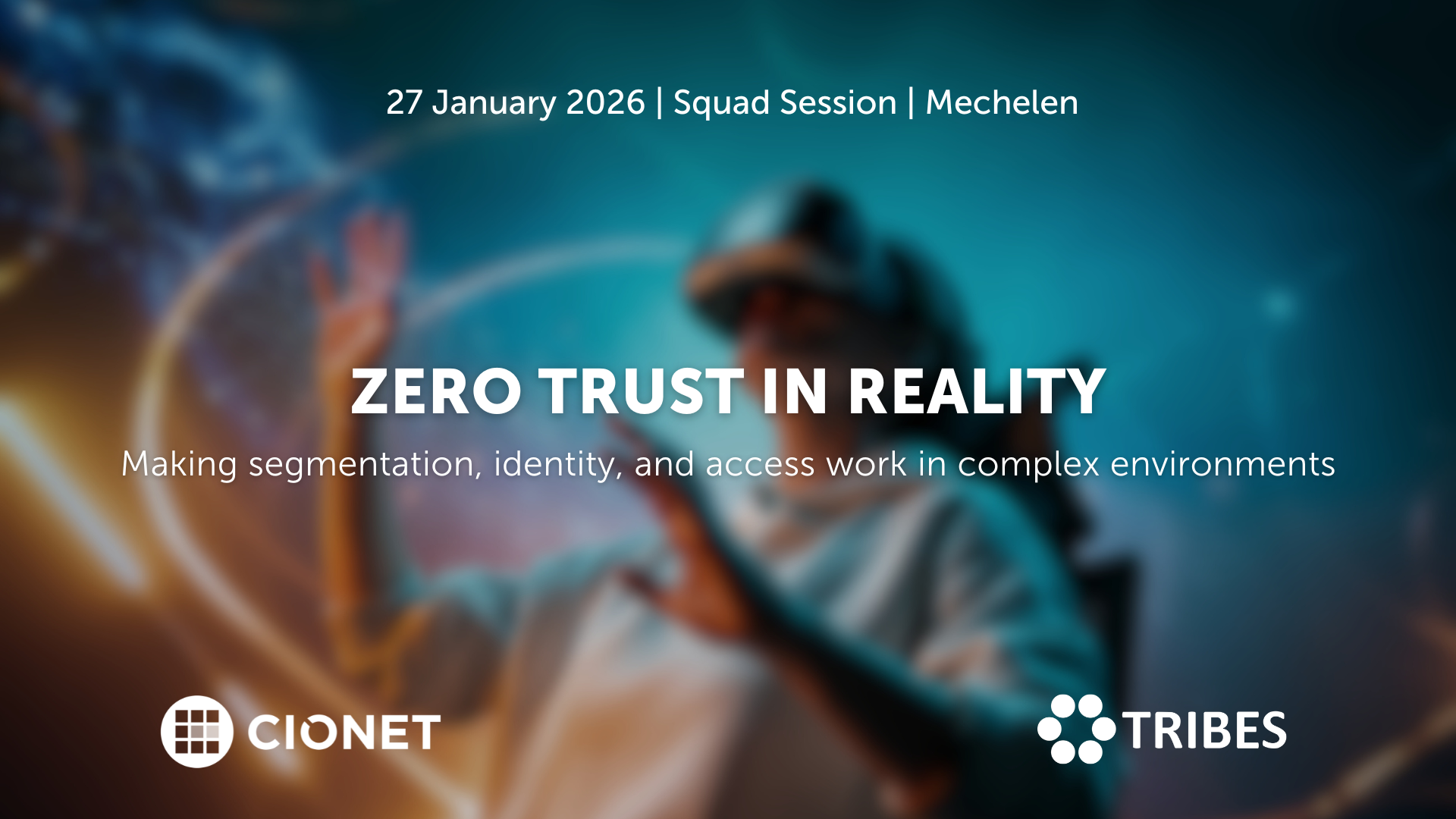
January 27, 2026 Squad Session Invitation Only Physical english
Zero Trust sounds simple on paper: trust no one, verify everything. But once you start implementing it, the fun begins. Legacy systems, hybrid networks, and human habits don’t read the manual. The idea is solid; the execution, not so much.
Read More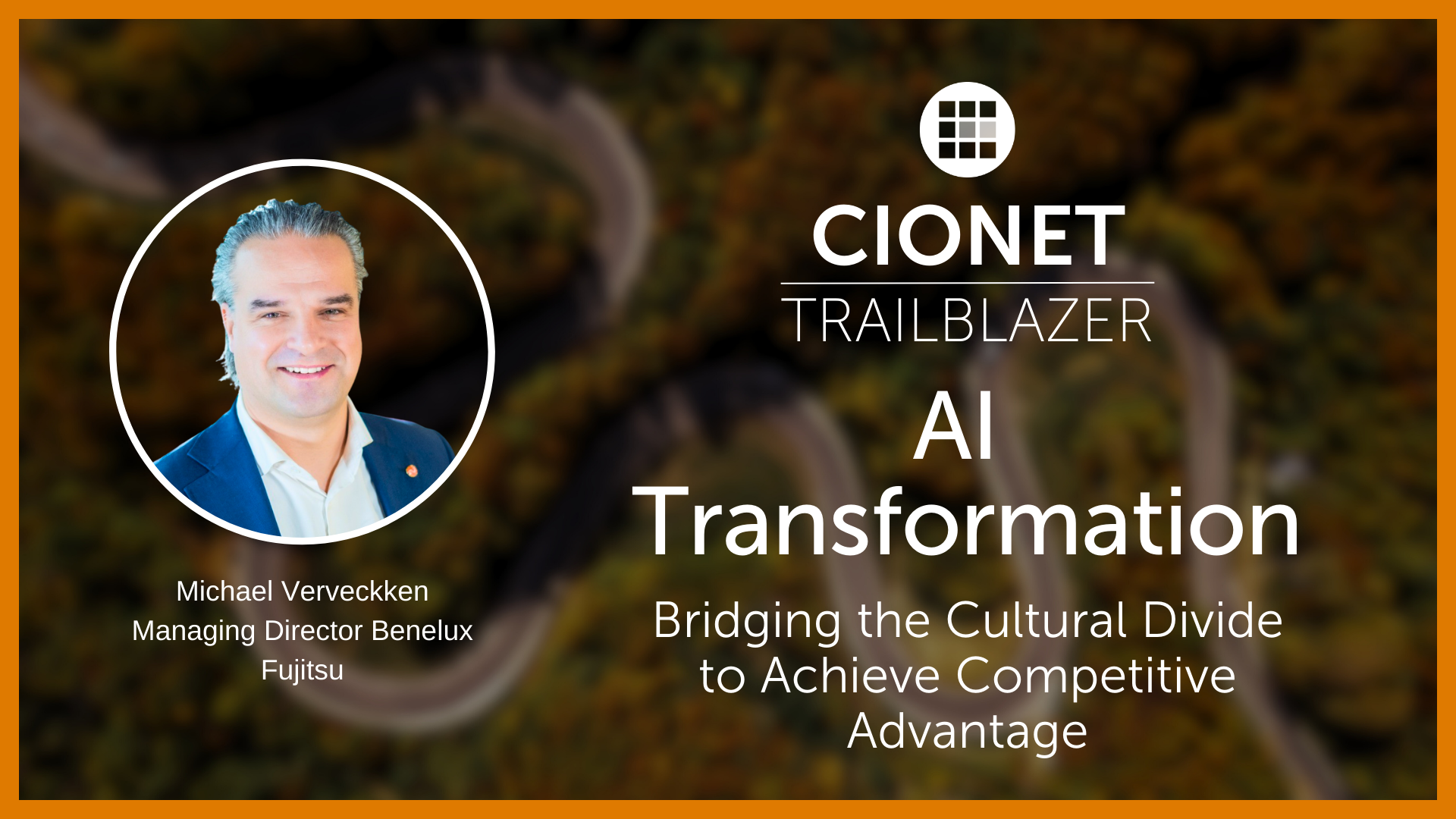
CIONET Trailblazer: AI Transformation: Bridging the Cultural Divide to Achieve Competitive Advantage
Published on: December 17, 2025 @ 9:16 AM
Constructs a secure, user-friendly learning environment that uses VDI, utilizes multiple OS, and minimizes server load
OVERVIEW
By making multiple OS used on one PC and equalizing the uses of each terminal, Kansai University wanted to improve the learning environment and optimize infrastructure. When a Windows environment was migrated to a VDI, it was essential that incidents such as virus infections of terminals were prevented from occurring. The university was looking for a security product that minimizes load on servers in order to shorten login times for the Windows VDI and start lectures smoothly.
The University achieved an anti-virus solution which offloaded processing via virtual appliances without increasing load on VDI servers. Start-up times were reduced by 30%. Trend Micro’s solution updates anti-virus software pattern files and applies them automatically thereby greatly reducing workload for operational management. By selecting which VDI to boot, the University has achieved a learning environment that can utilize multiple OS.
CHALLENGES
Under the founding motto “Protect justice with authority”, Kansai University has constantly been involved in the development and education of society and its citizens since it was established in 1886. In addition to thirteen faculties, thirteen graduate schools, and three professional graduate schools, the University is also equipped with all educational institutions from pre-school to high school and aims to foster human resources through an integrated schooling system.
The University is also well known for focusing on the importance of IT, computer knowledge and technical skills from an early stage. Since the Faculty of Informatics was established in 1994, it has provided a multifaceted curriculum related to data processing. “From beginner typing lessons to programming and other lectures for more advanced students, we provide science and arts students with a place to acquire a broad IT knowledge. To be specific, we have established dedicated classrooms with machines which are used for lectures and self-study and have either Windows, Mac, or UNIX (Solaris) OS.” explains Kansai University’s Masaki Ogino.
However, there had been a certain problem associated with this type of operating model in the past – an insufficient number of Windows terminals. “There were not enough physical terminals for the number of lectures and students who wanted to use them. Consequently, while they were being used in a lecture, they couldn’t be used for self-study by other students,” Ogino continues. In order to solve the problem, the faculty investigated the deployment of a VDI (Virtual Desktop Infrastructure). With a VDI, it is possible to use OS prepared in a virtual environment without relying on physical terminals.
The University felt that students’ quality of learning would increase if they could use a Windows environment from any terminal at any time. “At the time, we had already prepared a UNIX (Solaris) environment by VDI. By migrating Windows to a VDI as well, we felt that we could create an environment in which it was possible to access either OS from a single terminal,” says Ogino. Furthermore, the faculty also wants to establish a BYOD (Bring Your Own Device) environment in which it would be possible for students to access school systems from their own PCs and smart phones in the future. “We concluded that a VDI platform would be the most effective,” explains Ogino.
It is essential to implement advanced security on servers and terminals accessed by large indefinite numbers of students and Trend Micro Deep Security is essential for creating a secure VDI.
Masaki Ogino
associate professor Faculty of Informatics, Kansai University
SOLUTION
In the end, it selected a Fujitsu proposal which adopted VMware vSphere and Horizon (with View) for the Windows VDI virtualized platform. “We proposed this solution as we were impressed with its superior performance aspects such as fast transfer speeds using the PCoIP protocol, as well as a VMware’s solid market track record. The University was also impressed with these aspects,” explains Fujitsu’s Toshiaki Miike.
There was an aspect which had to be considered when deploying the VDI — how to implement security for it. “With a VDI, multiple virtual machines are run on one server. This caused us to worry that running agent-type anti-virus software on each individual machine would overload the system and reduce performance,” says Ogino. In truth the faculty had been facing a problem that their netboot think client system they’d been using takes too much time to start that time for lectures was shortened. In other words, restricting server load to an absolute minimum and achieving fast start-up times was an important condition of the VDI deployment.
Fujitsu chose “Trend Micro™ Deep Security™” as the solution to meet this requirement. Deep Security can perform virus scans as a virtual appliance without installing agents on individual virtual machines. Offloading the processing requirements of individual virtual machines allowed the University to create a secure VDI without affecting performance.
“Deep Security leads the market in compatibility with VMware and deployment results. In addition, the experience that our partner for this project, Fujitsu, had from using it in a number of deployments and builds gave us a sense of security and supported the adoption,” continues Ogino.
Deep Security leads the market in compatibility with VMware and deployment results. In addition, the experience that our partner for this project, Fujitsu, had from using it in a number of deployments and builds gave us a sense of security and supported the adoption.
Masaki Ogino
Associate Professor Faculty of Informatics, Kansai University
RESULTS
The faculty created a learning environment in which Mac OS, Unix and Windows could be used by adopting Macs for physical terminals and letting users choose a VDI to operate. By also preparing a Windows VDI environment for PCs brought to work by staff in addition to the terminals for students, the faculty built a 340 machine Windows VDI. “We included a total of fourteen VMware vSphere as the virtual platform for Windows, eleven of which were for the VDI and the remaining three were for virtual servers. We used Deep Security to apply an antivirus to each of these,” explains Miike.
During the deployment process, the University compared response times of Deep Security and an agent-type product. “Firstly, we installed an agent-type anti-virus product on individual virtual machines and ran fifty virtual machines simultaneously. We then replaced this with Deep Security and went through the same running procedure,” says Ogino. The results showed that start-up times had decreased by approximately 30% with Deep Security. Now that actual operation has begun, there is no deterioration in response when students simultaneously log in and lectures are able to start smoothly.
Furthermore, with agentless solutions such as Deep Security, operations such as updates and application of anti-virus software pattern file are performed on the server side, which means that update operations do not need to be performed for each terminal. This greatly reduces operational workload. “There have been no incidents so far and we are confident that we have created a system which can instantly detect an incident should something occur,” Ogino says indicating his level of satisfaction.
In the future, the faculty plans to expand its VDI learning environment by deploying additional terminals for IT education as they are needed. At the same time, it also wants to start preparations for realizing an environment for the previously mentioned BYOD. “During this process, we want to actively investigate using the features of Deep Security other than the anti-virus that we adopted for the current project. We are expecting Trend Micro to offer us proposals for issues unique to universities and educational institutions, and which take product functions to another level,” concludes Ogino.
We utilized the support of Trend Micro during the project. We are extremely thankful for the fast and accurate response.
Toshiaki Miike
Third Solutions Department
Educational Third Solutions Supervisory Departmen
Health Care and Educational Systems Division Fujitsu
88 Views 0 Likes Read More

Digital Transformation is redefining the future of health care and health delivery. All stakeholders are convinced that these innovations will create value for patients, healthcare practitioners, hospitals, and governments along the patient pathway. The benefits are starting from prevention and awareness to diagnosis, treatment, short- and long-term follow-up, and ultimately survival. But how do you make sure that your working towards an architecturally sound, secure and interoperable health IT ecosystem for your hospital and avoid implementing a hodgepodge of spot solutions? How does your IT department work together with the other stakeholders, such as the doctors and other healthcare practitioners, Life Sciences companies, Tech companies, regulators and your internal governance and administrative bodies?
Read More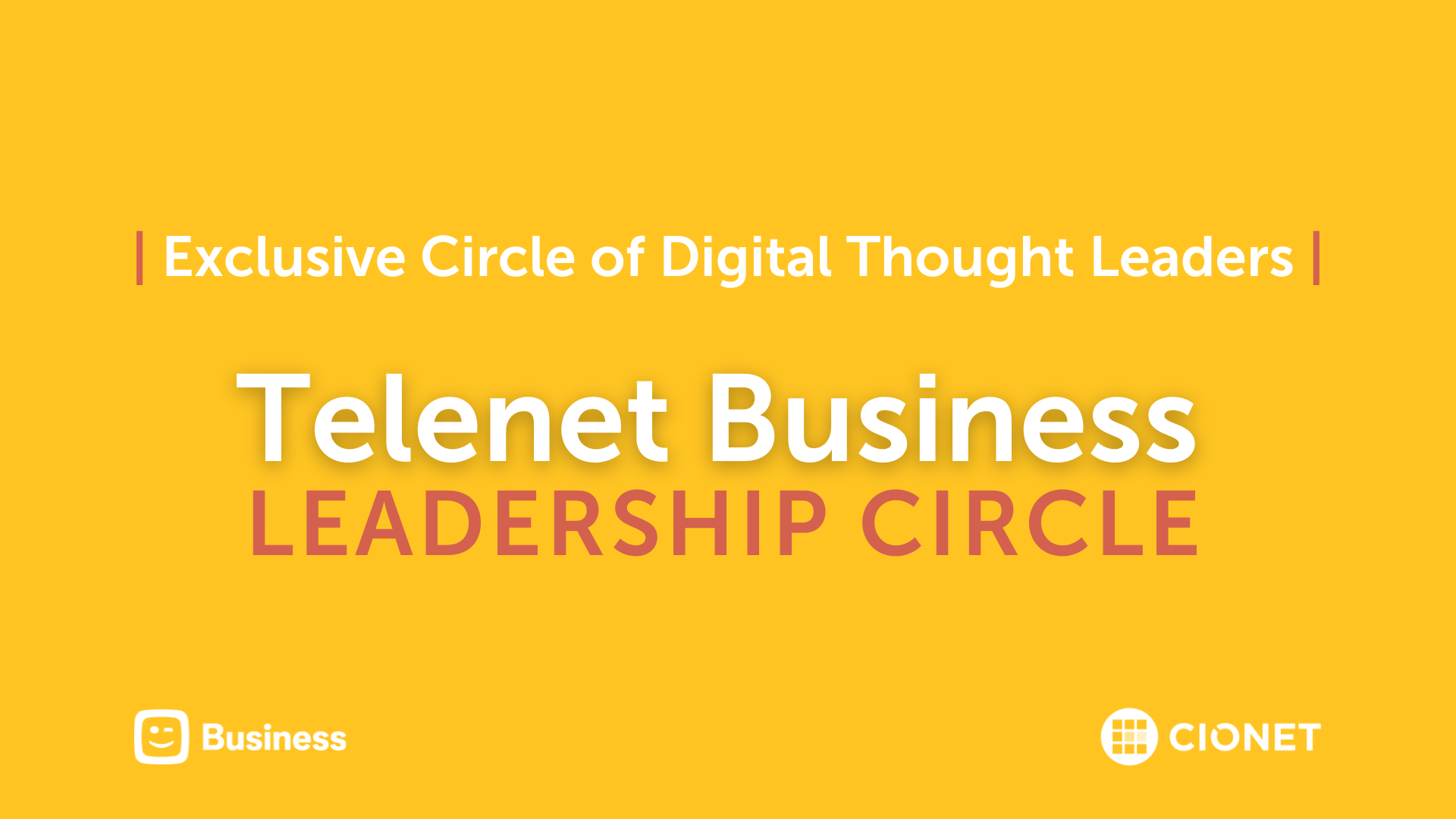
The Telenet Business Leadership Circle powered by CIONET, offers a platform where IT executives and thought leaders can meet to inspire each other and share best practices. We want to be a facilitator who helps you optimise the performance of your IT function and your business by embracing the endless opportunities that digital change brings.
Read More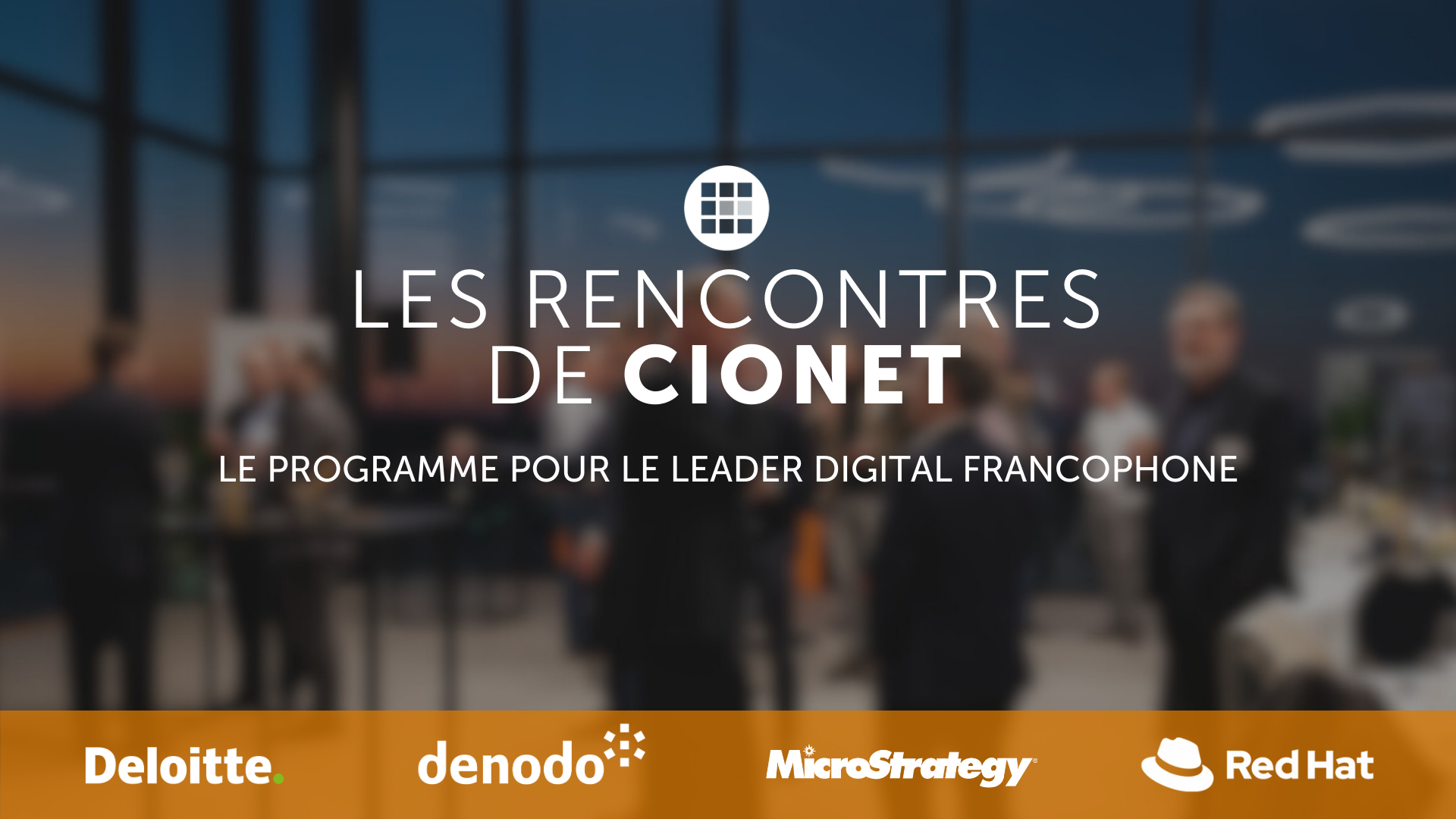
Découvrez la dynamique du leadership numérique aux Rencontres de CIONET, le programme francophone exclusif de CIONET pour les leaders numériques en Belgique, rendu possible grâce au soutien et à l'engagement de nos partenaires de programme : Deloitte, Denodo et Red Hat. Rejoignez trois événements inspirants par an à Liège, Namur et en Brabant Wallon, où des CIOs et des experts numériques francophones de premier plan partagent leurs perspectives et expériences sur des thèmes d'affaires et de IT actuels. Laissez-vous inspirer et apprenez des meilleurs du secteur lors de sessions captivantes conçues spécialement pour soutenir et enrichir votre rôle en tant que CIO pair. Ne manquez pas cette opportunité de faire partie d'un réseau exceptionnel d'innovateurs numériques !
Read More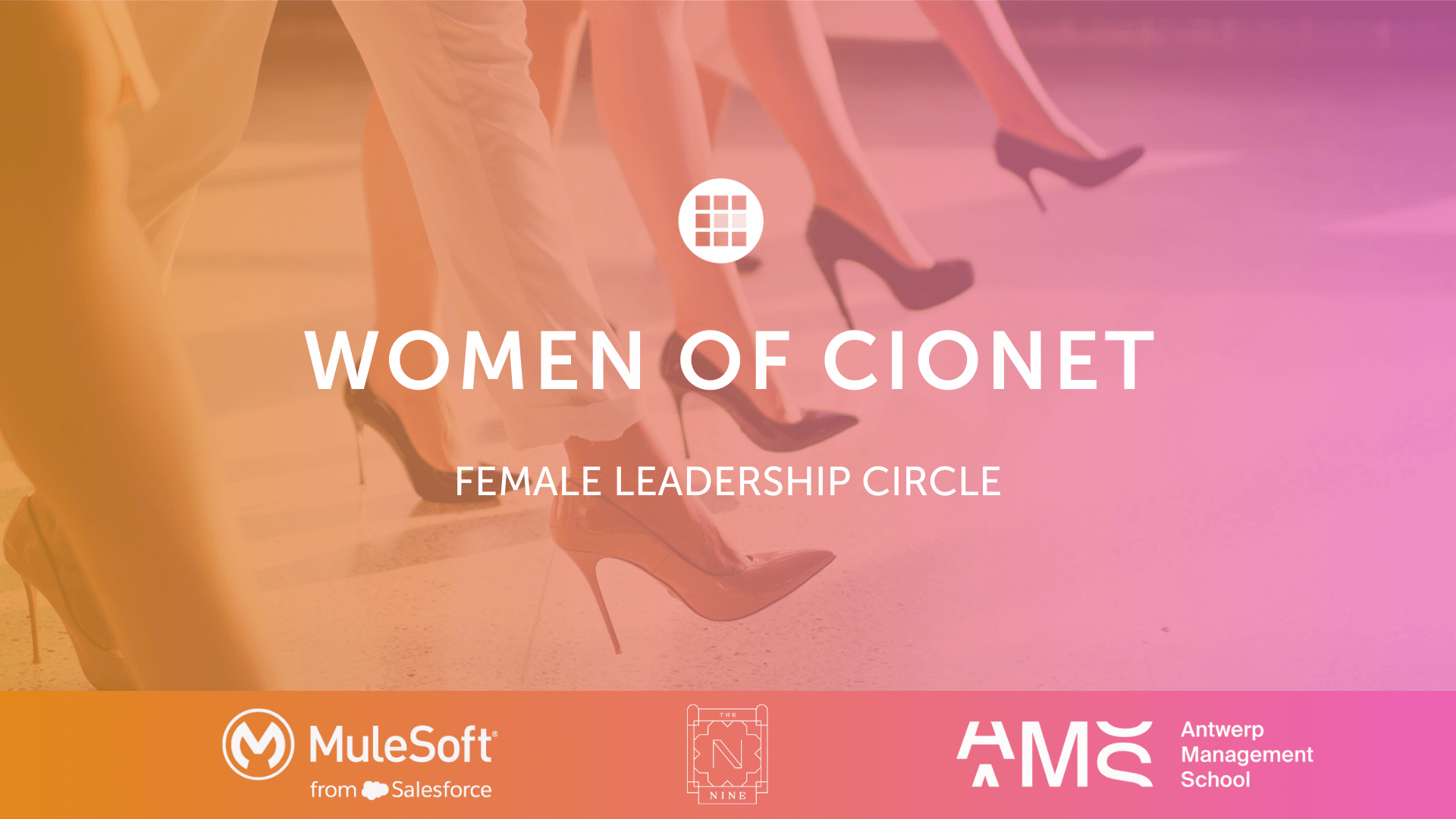
CIONET is committed to highlighting and celebrating female role models in IT, Tech & Digital, creating a leadership programme that empowers and elevates women within the tech industry. This initiative is dedicated to showcasing the achievements and successes of leading women, fostering an environment where female role models are recognised, and their contributions can ignite progress and inspire the next generation of women in IT. Our mission is to shine the spotlight a little brighter on female role models in IT, Tech & Digital, and to empower each other through this inner network community.
Read More


-Apr-01-2022-10-58-34-57-AM.png)





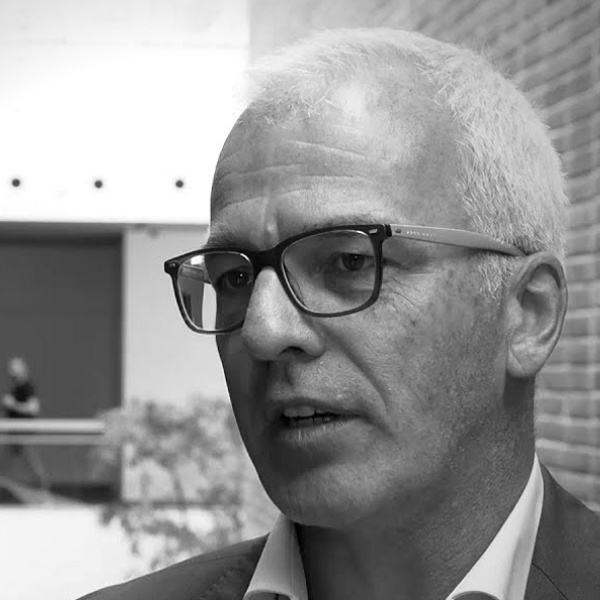




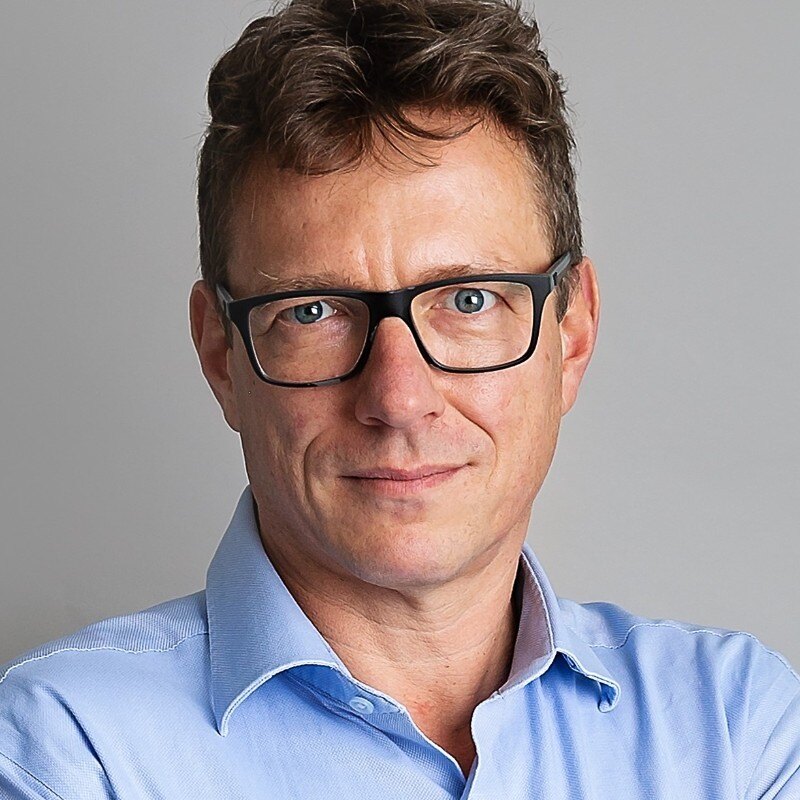
-Dec-13-2023-10-53-15-5032-AM.png)




-Jun-12-2023-01-23-11-7540-PM.png)




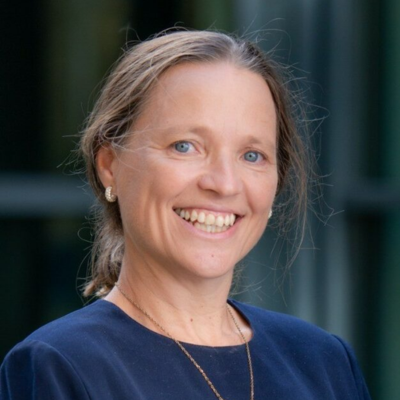
-Apr-01-2022-10-58-34-68-AM.png)







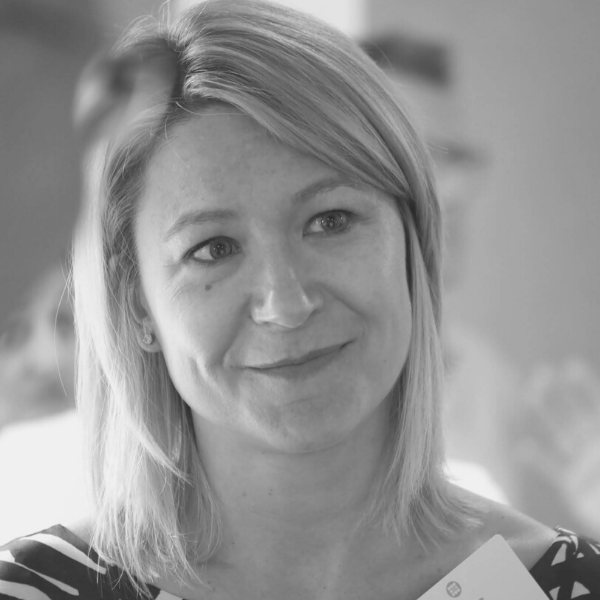


-2.jpg)




-Sep-01-2022-02-47-55-60-PM.png)
-Nov-22-2023-08-56-42-6802-AM.png)
.png)

Would you like to know more about CIONET Belgium, membership or partnership opportunities? Do you have feedback or any other question? Send us a message!
You can either send us a registered handwritten letter explaining why you'd like to become a member or you can simply talk to us right here!